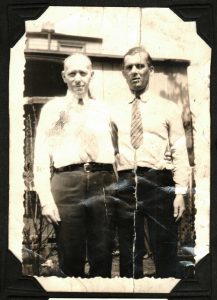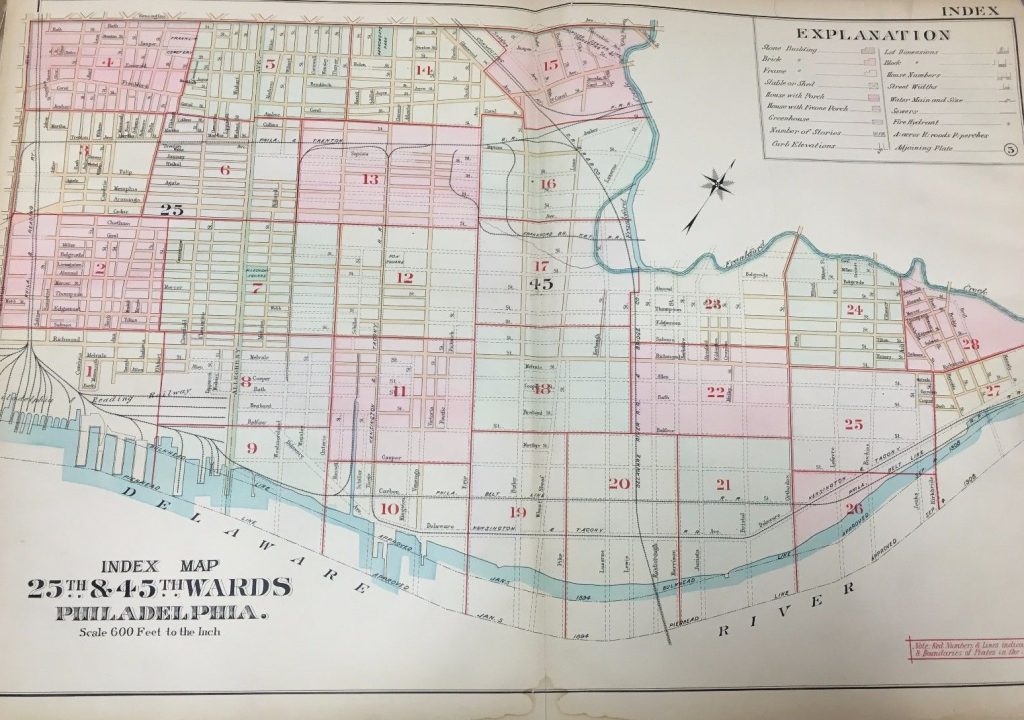During the height of the pandemic, many people dove into genealogical work since they were stuck at home with nothing to do. But to tell the truth, my life couldn’t have looked more different! From learning how to teach online to supporting students to completely reimagining my research — my life completely changed with COVID-19. While I know we are still living with the pandemic in many ways, I’m grateful that some of the everyday rhythms of life have been restored. It has allowed me to resume my genealogical work now that I’m not entirely tethered to my computer at all hours of the day! And I have a lot of great things to share with those interested in these family lines or genealogical work in Philadelphia and New Jersey.
But another reason I needed a break was my father’s passing in July 2021. I am still processing everything, even over a year later. But I’m grateful I had the chance to ask my dad many questions about his family and history before his health seriously declined. He was always genuinely interested in telling me stories of his childhood! I could tell he looked at the past fondly for those people and experiences. A big part of me wishes that I had the foresight to record the conversations that we had together. Even though I feel like genealogical work involves confronting mortality on many different levels, it is amazing how we choose not to face the reality that we might lose someone so close to us. It has been challenging–and I needed some space from this work–but my interest in these histories keeps me going. I deeply desire to keep these histories alive for myself, my sister, and my extended family.
This might be slightly more academic, but I’ve been rereading a book by Roland Barthes called Camera Lucida (1980). It is a text I often assign when teaching the History of Photography to undergraduate students, but I see more in it now. Barthes writes beautifully about the medium of photography. Still, the book’s undercurrent is how he mourns his mother and searches for her likeness in the archive of photographs she left after her death. The book itself was published only two months before Barthes’ own death, and I find it to be a resonating meditation on memory and photography. It has been critical in helping me to process and reflect on my grief. For this reason, the photograph I include in this post is one I treasure of my father and me on my wedding day.
This is all to say that I’m back! I’ll be trying to update this website with some discoveries and some of the progress that I’ve made. Thank you to the many people who reached out — it is incredible to see so many people I’m related to who are also interested in these stories! And for those I did not respond to, I’m sorry. (I’m working on it, I promise!)







